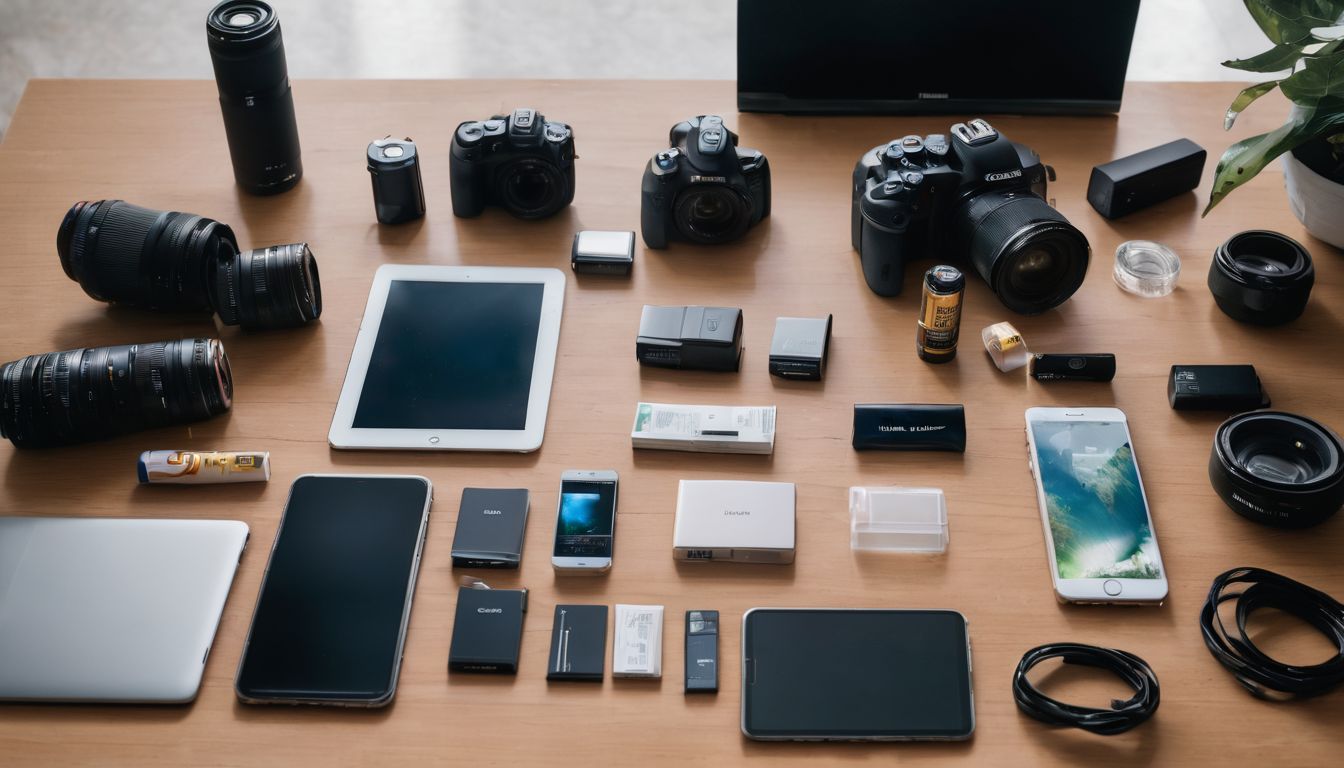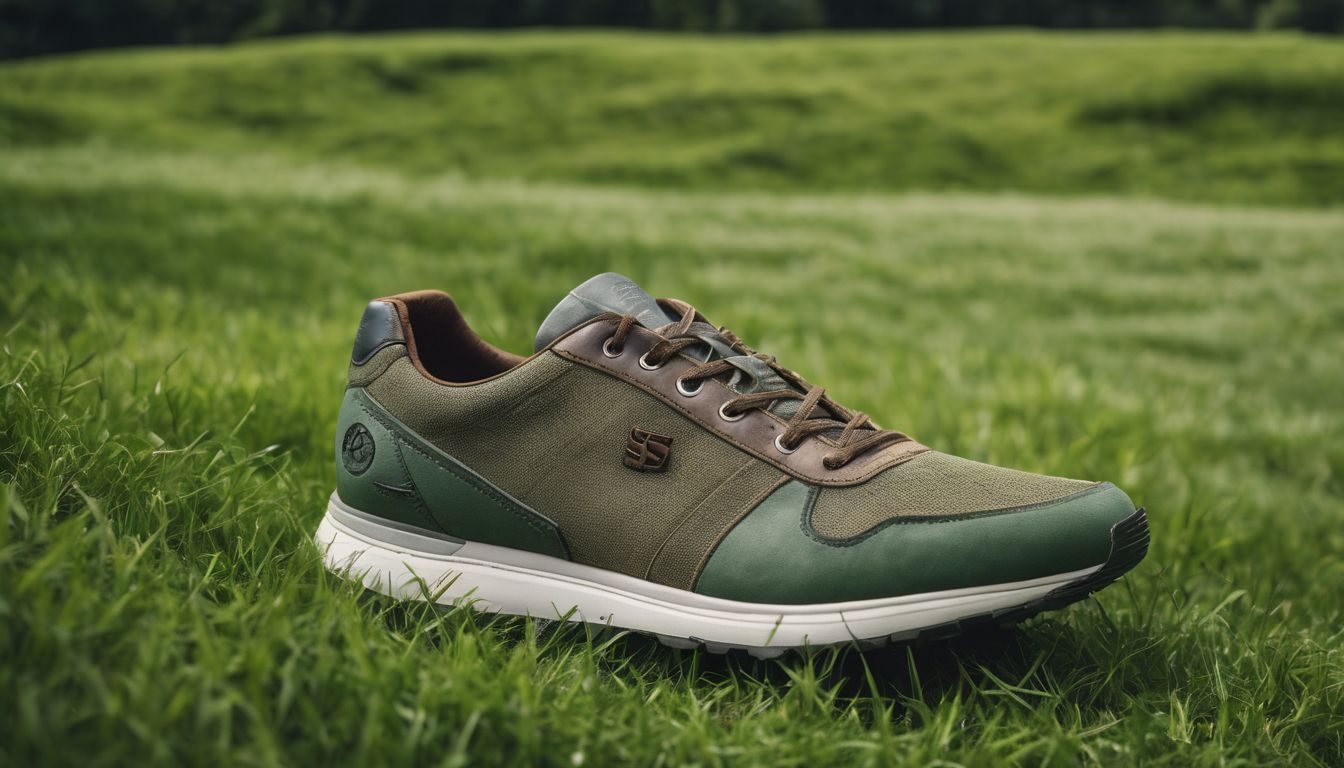Have you ever thought about all of the materials mined to make the computer you are using right now? How about how many miles the computer traveled before ending up in your local electronics store, or perhaps delivered to your front door? Or what will happen when you get a new computer, will your old one end up as food miles ”? From extraction through sale, use and disposal, all the stuff in our lives has an impact on the environment. A product or service life cycle includes all phases of its existence from the acquisition of raw materials through the use phase to the disposal and/or re-use phase.
https://web.archive.org/web/20160404005914if_/http://www.youtube.com/embed/9GorqroigqM 1
I first started really thinking about life cycle costing after I watched Annie Leonard’s “energy efficiency , I realized that life cycle costing is an important tool, whether we are choosing which product to buy at the mall, or trying to figure out which new air conditioning system to install. Life cycle assessments are valuable tools for both policy makers and industry because they allow us to assess the impacts of one product and compare that to the impacts of a similar alternative.
BENEFITS FOR THE ENVIRONMENT: Life cycle costing is all about determining which consumption option is better for the environment.
BENEFITS FOR YOUR WALLET: Because life cycle costing takes things like the cost of maintenance and disposal of a product into account, there is a good chance that the exercise will help you choose a product that is ultimately less expensive.
Time and Effort: Medium. Life cycle costing can seem overwhelming if there are a lot of steps involved in the extraction, processing, manufacture, distribution, use, repair and maintenance, and disposal or recycling of a product. However, there are a number of online tools you can use to life cycle cost even the most complicated product options.
Guidelines for Life Cycle Costing as a Consumer:
- Define a Goal and Scope: Figure out how detailed you want your analysis to be. For example, if you are comparing two different t-shirts using life cycle analysis, define how detailed you want your analysis to be. Are you going to look at how the dryers in the manufacturing process of each shirt were made? Probably not. Every assessment needs some boundaries.
- Compile an Inventory of the Phases of Your Product’s Life cycle: Each product usually has the following phases: raw materials, processing, manufacturing, packaging, transport, use, and either disposal, recycle or reuse. At each phase there are associated environmental inputs and outputs. The inputs are the materials and energy required to make and use the product. The outputs are the effects on air, water, energy, and other environmental areas as well as the service provided (e.g. electricity).
- Define and Evaluate Impact Categories: Life cycle effects are usually expressed in terms of various impact categories. If you are assessing t-shirts, think about the environmental degradation and greenhouse gases are emitted into the environment at the landfills contributing to global warming.
- Interpret Your Results: Once your analysis is complete, you should have all the information you need to make an informed decision.
Resources to Help You in your Life Cycle Cost Research:
- Life Cycle Calculator
- Federal Energy Management Program resources for Life Cycle Cost analysis
- Food Miles calculations




